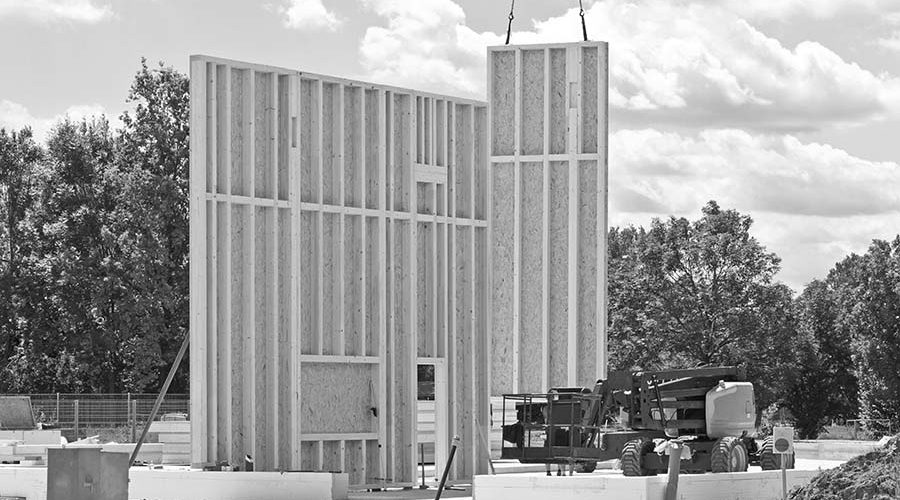Rebecca Harries-Williams is a Senior Associate in the social housing team at national law firm Clarke Willmott LLP. Here, she takes a look at a recent case involving a timber-framed housing association block and defective cavity barriers, which resulted in a serious fire.
Clarke Willmott
A year ago, a massive blaze destroyed 23 homes in social housing apartment block, Worcester Park, owned by Metropolitan Thames Valley Housing. A report into the fire, by forensic architect practice Probyn Myers highlighted that defective cavity barriers – as an apparent result of a flaw in the building’s design – contributed to the rapid spread of the fire throughout the building, which rendered around 60 people homeless.
The cavity contained three layers of natural timber battens which burned fiercely during the fire, contributing to its spread both upwards and horizontally. The report found that the cavity barriers were too small and failed to slow the spread of fire.
Registered providers will be aware that timber-framed methods of construction have become increasingly popular as the construction industry seeks both cheaper and more eco-friendly methods of building. Whilst there are many benefits to these modern methods of construction (MMC), which a number of social housing providers have embraced, there are also risks which may not be immediately apparent and which raise the question of liability for defects.
Where construction designs are flawed, there is a risk that cavity barriers may be poorly designed and insufficient to prevent the spread of fire. Such a design flaw is magnified where timber-framed building methods have been used. Additionally, even if the designs are effective, poor construction methods and a lack of knowledge by some contractors as to the risks posed by timber-framed buildings can render buildings unsafe.
In light of the high-profile nature of a number of catastrophic fires causing the deaths and homelessness of social housing tenants, registered providers should consider the following:
• Ensuring any designs and planning for new social housing construction are prepared by experts with the requisite knowledge of MMC and in compliance with all statute and best practice
• Making sure that the contractors are aware of the risks of timber-framed buildings and take the necessary steps to ensure effective cavity barriers
• Where a registered provider becomes aware of latent defects relating to the timber frame or cavity barriers (or indeed, other latent defects), they should seek expert opinions and legal advice as to the question of liability and the best ways to ensure such defects are rectified. In particular, registered providers should carefully check the wording of any insurance policies as to the duty and timeframe to notify of any defects, once these have become known, and the procedure that should be followed to seek to claim under the policy. A failure to comply with the insurer’s requirements could lead to the insurer declining cover.
• Act quickly. Claims for latent defects under contract may become time-barred if there is a delay in bringing proceedings – seek legal advice at the
point of becoming aware of latent defects.

Rebecca Harries-Williams is a Senior Associate in the social housing team at national law firm Clarke Willmott LLP. Clarke Willmott’s national team of specialist social housing solicitors is one of the largest in the UK, acting for both national and regional registered providers. The team offers quality, trusted advice on a comprehensive range of legal matters and their experience in this complex sector is second to none.







